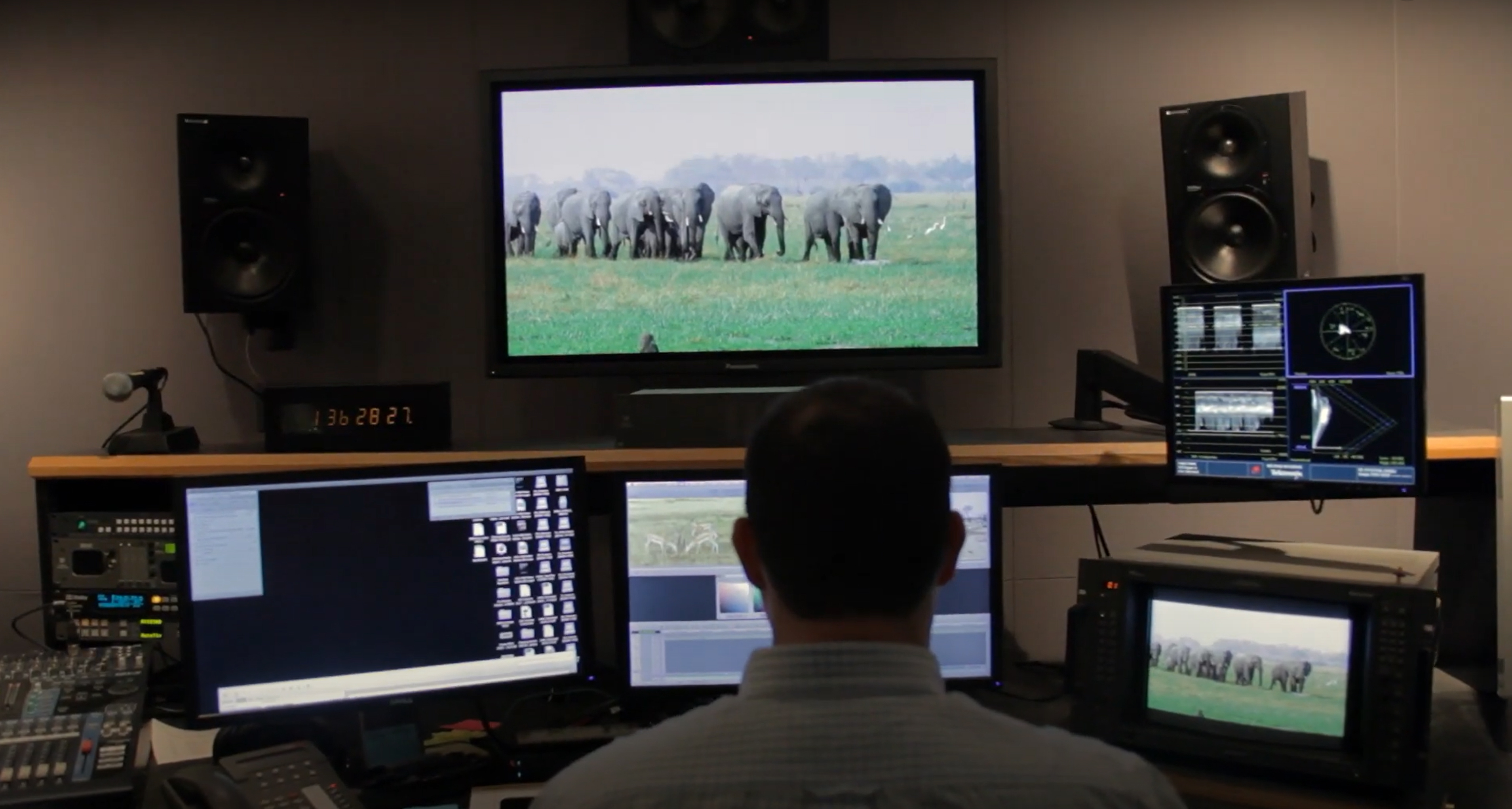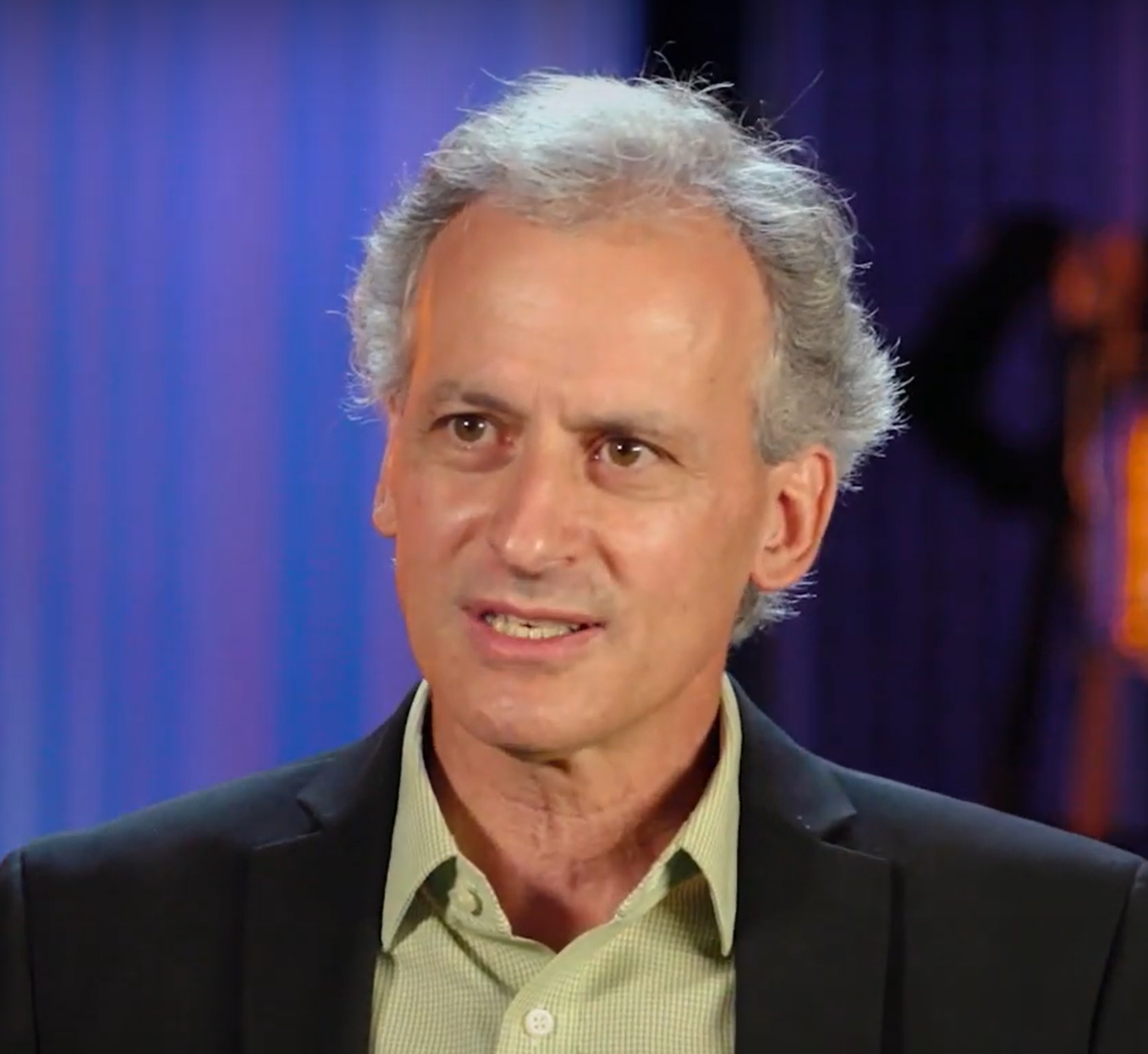GBH Establishes Post in the Cloud
How EditShare helped the public television content creator to improve its workflow and save money and time

GBH, the largest creator for public media in America, recently invested in EditShare’s cloud solution, hosted in Amazon Web Services, to modernize media workflows across its post-production operations.
BOSTON—GBH is the largest content creator for public television in the United States, and through its co-productions, has a global reach. Such is the volume of work it produces, at any time there might be 100 or 150 editors working on various projects. Antiques Roadshow, Frontline, NOVA and Masterpiece are just a few of its very popular productions: it is responsible for as much as 30% of PBS primetime content.
Shane Minor, CTO of GBH, took on the role in 2014, and noted then that while there was a progressive interest in the cloud by the leadership, there was at the time little practical application. He determined that one of his priorities was to start the journey towards cloud infrastructures.
The driver for this was to find new efficiencies in the way they worked. Tim Mangini, senior director of production technology for GBH, noted “I was concerned that, when a production was done, they would load everything onto a hard drive, come here to GBH, then we could do a finishing session.

“We had drives going back and forth so many times, to create versions and promos,” he said. “It seemed to me that there was wasted energy; it would be better to capture once, ingest once, then publish many times. And our old workflows didn’t allow that.”
Then along came the first half of 2020, and the pandemic changed everything. “We have around 35 edit suites in house—but we didn’t want any editors in the building,” Minor recalled. “Security was the big issue for me. Our traditional approach was to make sure our media stayed inside our firewall, inside our building.”
GBH had to act quickly, to find a way for in-house editors to be able to work remotely, while maintaining the level of content security their premium productions demanded.
“We used a virtual desktop infrastructure to start that journey, to help users access the environment remotely,” Minor said. “But we were filling it up,” Mangini added. “Pretty soon we got to a point where we had more people on the VDI than it was designed for.”
The feeling was that, while it might not be great, it was a start. They developed a collaborative session feature, whereby producers could "look over the shoulder" of an editor for realtime exchanges of ideas. That was seen as a turning point: producers felt they could still be a real part of the edit while physically remote.
But ultimately it led to a broader debate, about what they could really achieve in a remote production world, and what benefits they could achieve in terms of productivity, agility and cost-efficiency while still retaining that vital content security. That is what led them to look seriously at a cloud-based post production platform.
“We started a couple of proof of concept trials with a couple of vendors,” Minor said. “We worked through what edit in the cloud might look like. We knew what edit on premise looked like, but we wanted to test all the various pieces and parts. Through this test we had some positive feedback from editors and it seemed like it was going to be viable for many tasks. So, we had some of our top editors really give it a hard workout to see what worked and where we needed to focus our attention.”
“The real win was when the team came back to us and said, ‘it was almost indistinguishable from being in the building and working on my edit station’” recalled Mangini. “And that was the holy grail for us, because whether the editor is sitting at GBH working with a director beside them or working from their home, the experience needs to be identical. For editors, this experience is absolutely vital,” he added.
Rapidly, the evaluations showed that EditShare had the right answer. Their cloud-native solution that combines high performance storage, media management and remote workstations was already virtualized in the AWS cloud, GBH’s preferred supplier, and it had the security features that Shane Minor demanded.
“There is no question that, for us, the cloud is a secure solution,” he explained. “We put in the time and energy to make it a secure solution. We own the tenancy – we own the AWS space we occupy. We can see logging and metrics and do all the security things we would do in the building, in our cloud infrastructure.”
Not only that, it also offered excellent performance. “It had low latency and lack of lag,” Minor said. ”It gave our editors the immediacy and the high quality video that they were used to in a local edit suite—that was a real game-changer.” It also delivered on the promise of remote collaborative working, with people working from wherever they were, provided they had an internet connection.
“We have great internet, great connectivity to AWS,” he added. “That meant that the editors reported really phenomenal results: they felt like they were editing on a local station. That’s what we needed to hear to know that this is a viable option. Not one editor said ‘I can’t work this way—I’m going to come into the building’. It’s working for everyone.”
The economics were also transformed, because costs are only incurred when you are using cloud resources. You only pay while the editor is working.
More than that, you can flex the tools you give editors. “By virtue of being in AWS, we can have editors working on the latest, greatest high-end compute CPUs that they want,” Mangini said. “But if they need less power, we can pay less and just get a basic CPU for that part of the project.”
The two also pointed to another, sometimes overlooked, benefit of cloud hosting. Whereas with on premises hardware, you have to take an edit suite offline to upgrade the operating system or application software, in the cloud this can be accomplished instantly and automatically, with no impact on productivity. It means that cloud edit machines are updated much more quickly and much more frequently.
Now that EditShare’s cloud storage and workflow management is inside the GBH ecosystem, production head Tim Mangini felt that “the greatest advantage for me is in the workflow. We can have an editor in Idaho, a director in San Francisco and a producer in New York, collaborating as if they were in the same room. And it means we can ingest something one time, then everybody who needs it has access to it. Workflow has been a real advantage for us.”
Minor added “A large number of our productions are actually co-productions, and those co-production teams exist somewhere else in the world. There are times when we want to bring those co-producers into the environment and have them work collaboratively.
“That used to mean a lot of drive-shipping, or a lot of travel—co-producers coming to Boston,” he said. “This gives us the ability to expand really quickly.”
For CTO Shane Minor, security remained his number one priority, and the EditShare solution delivered. “For me the deciding factor was the tenancy, my ability to secure the environment in AWS. That, in the end, really drove us towards EditShare—it wasn’t something we had seen elsewhere.”
Mangini concluded, “There is cost benefit, workflow benefit, and security benefit, all stemming from working virtually in this way. It provides for a greater level of productivity. If we can make people more productive, wherever they want to work, that’s a win.”
Get the TV Tech Newsletter
The professional video industry's #1 source for news, trends and product and tech information. Sign up below.
Sunil Mudholkar is Vice President of Product Management for EditShare

